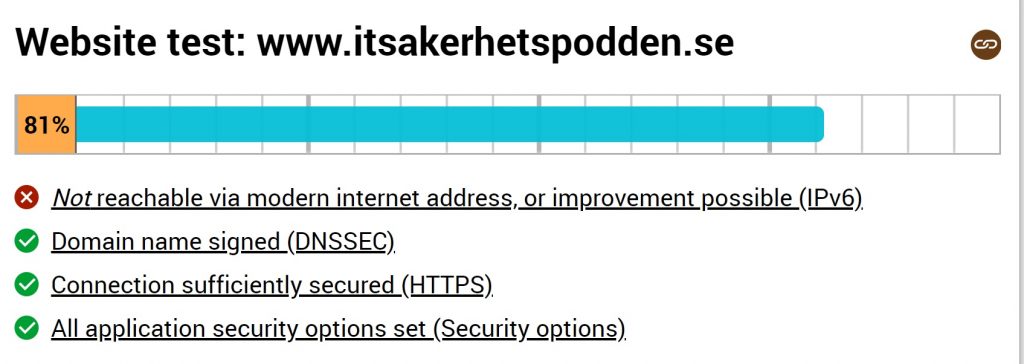Show Notes för #97 – Hacktivismens historia

Avsnittet heter #97 – Hacktivismens historia
Det spelades in 2020-10-24 och lades ut 2020-10-25.
Deltagare: Erik Zalitis och Mattias Jadesköld
Show notes skrivna av Erik Zalitis.
Sent ska syndaren vakna… Det är onsdag idag när jag skriver show notes för detta avsnitt. Men nu så… Det har varit en pressad vecka med crunch time, intervjuer att planera, ett heltidsjobb och dessutom en YouTube-video där vi pratar HPs lösning SureClick. Så till ämnet…
Det är svårt att hålla sig från politiken när man pratar hacktivism, men vi gör vad vi kan för att ge er historierna, faktat och analyserna. Jag brukar ofta säga att den typiska hackaren gör sitt jobb för pengar. Och så är det. Men idag talar vi om hackaren/hackarna som har ett högre och mer ädlare syfte. I alla fall ser de själva vad de gör på detta skäl. Så de hackar för att avslöja ogentligheter, berätta hemligheter som makthavare inte vill att du ska veta och stoppa de som gör dåliga saker i denna värld.
För att ta det väldigt enkelt:
Bra med hacktivism:
- Avslöjar saker som annars kanske aldrig skulle komma fram.
- Driver opinion mot oärliga organisationer.
- Fungerar som ett komplement till vanlig journalism.
- Minskar skillnaden mellan de med makt och de utan.
Dåligt med hacktivism:
- Aktivisterna kan bestämma målet utifrån sin egen värdegrund snarare än viljan att upplysa världen.
- Du får aldrig veta vilka de är, vilket döljer deras egen koppling till situationen. Du vet heller inte om de tillhör en annan gruppering med en agenda.
- Ingen möjlighet att ”överklaga” eller begära ut hur de gjort sin undersökning och sina attacker. Bevis måste ofta accepteras i befintligt skick utan att kunna veta om det förfalskats på vägen.
- Godtycke är sannolikt att uppstå.
Det finns givetvis mycket mer att anföra här, men vi håller det schematiskt för att göra det lätt att sätta sig in i. Den som är intresserad, kan följa länkarna nedan för mer information.
Errata
- Inget att rapportera denna gång. Kommentera gärna om ni inte håller med om något vi sagt.
Länkar
Den där masken Anon använder, föreställer Guy Fawkes, en person som fanns på riktigt. Och som ville spränga Brittiska parlamentet:
https://sv.wikipedia.org/wiki/Guy_Fawkes
Anonymous vs Mexikanska maffian (Los Zetas)
https://smallwarsjournal.com/jrnl/art/anonymous-vs-los-zetas-the-revenge-of-the-hacktivists
Vad är en hacktivist?
https://www.uscybersecurity.net/hacktivist/
LulzSec
https://en.wikipedia.org/wiki/LulzSec
Dog anonymous i samband med Hector Xavier Monsegurs gripande?
https://www.wired.co.uk/article/anonymous-sabu
Hacktivism idag (Twitters statistik)
https://securityboulevard.com/2020/06/analysis-of-the-top10-hacktivist-operations/













Senaste kommentarer